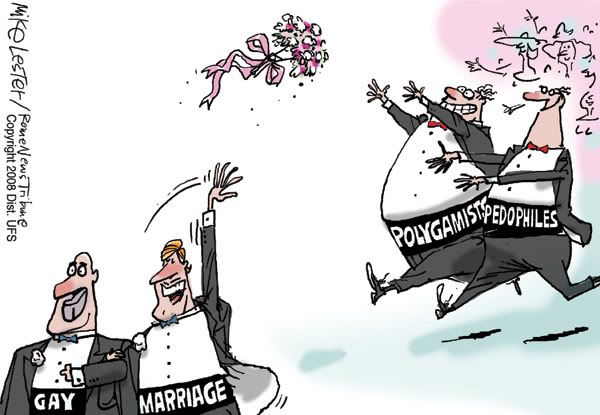- Read about the primary fallacies, as well as example of each to ensure that a proper and thorough understanding is made. While there are many, a handful are regularly useful in everyday conversation
- Make a pamphlet/paper summarizing basic fallacies & distribute it on the oval/hang them up throughout campus
- Personally recognize and avoid using fallacious thinking/statements in daily conversation
- Recognize and correct when people who use these fallacies in arguments (nicely and genuinely!)
- Before having a discussion about any topic regarding facts, properly research beforehand as to avoid accidental misinformation (i.e. do your homework)
- Whenever an issue or topical item arises, review information and statistics based on several sources, so any false claims will be minimized. Especially regarding statistics, ensure the data an article/speaker claims are without asterisks. Any data cited by the media or politicians are almost always public domain and easily-accessible.
- Give a lesson on the definition, implications, and ramifications of fallacies
- Lose general apathetic tendency, itself a pre-fallacy. Using a door-opener to rationalize and justify other fallacy to prevent genuine and purposeful action.
- Vote in every election, including special, midterms, and primaries. Most importantly, understanding the candidates, their platforms, and their policy promises are vital. Politicians are notorious on using basic fallacies to convince and sway general voters, who mostly lack both the knowledge of fallacies and of the policies themselves. By recognizing when politicians “lie” through fallacy, general decision making is much more difficult.
- A tier up from the previous action, actively challenge notable figures, either in comments, phone calls, or in person when they use circular, fallacy-ridden arguments to avoid genuine discourse and mislead voters. Even relying on reporters isn’t entirely fool-proof, as they usually use tactics themselves to trip up politicians (i.e, circular arguments, slippery slope, etc)
The five options that are bold are the five that I have specifically chosen to undertake, but the others aren’t entirely difficult once understanding is established. That said, I will be attempting all of these, but the purpose of education is primary focus with this project, so I will be prioritizing the actions that educate. These are quite daunting tasks, even the ones only involving personal change, but a vital first step is reading and understanding what a fallacy is, and the different variants they come in. In proper discourse, such as in academia, when one claims a fallacy, both parties recognize the term, and reconcile their differences, and the debate grows beyond it. Since it is so deeply rooted in popular culture, from media, casual conversation, and politics, it will be very difficult to dig up, as well as make people see the depth and brevity of this issue with regard to every other issue. Also, it will be challenging to not come off as pretentious or disparaging when correcting others, as appearing like that generally just makes you insufferable and shuts down any hope of meaningful progress.
 (Example: Straw Man)
(Example: Straw Man)
(Example: Slippery Slope)
Sources:
https://muse.jhu.edu/article/378952
https://books.google.com/books?id=DpoRAAAAYAAJ&pg=PA205#v=onepage&q&f=false
The Politician’s Fallacy and the Politician’s Apology
https://lifehacker.com/spot-the-flaw-in-a-politicians-argument-with-this-guide-1796333209
https://www.newyorker.com/magazine/2017/09/04/the-fake-news-fallacy
https://medium.com/@pnhoward/12-common-fallacies-used-in-social-research-9713e4d9bf48
http://photobucket.com/gallery/user/fladj11/media/bWVkaWFJZDo1NDA4NjAzMA==/?ref=